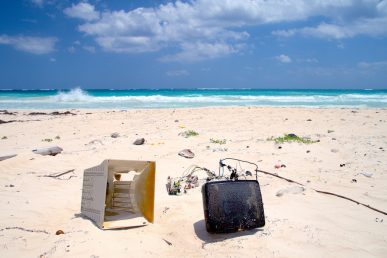As open source becomes the dominant way to solve problems, OpenStack is part of a solution that snaps, Lego-like, into other technologies.
Mark Collier, COO of the OpenStack Foundation, talks to SuperuserTV about how users are combining OpenStack with complementary projects.
“People want to bring OpenStack together with a lot of other fast-moving innovative technologies to solve different problems,” Collier says, reiterating the concept of “composable infrastructure” built with open-source technology. Kubernetes, for example, solves the container management layer and application life-cycle management. “It’s an incredible tool for that particular job and when you combine it with something like OpenStack you start to see automation all the way up to the application layer.”
Another use case for playing well with others: machine learning. Collier points out the significance of companies such as Google and Facebook, who are focusing on topics such as machine learning, using open source to further develop this technology. “The fact that they’re doing it in open source really matters. That’s gone a little under reported, so we’re trying to shine a spotlight on it,” he adds.
To make the concept of composable infrastructure more concrete, Collier talks about how he demoed a rack of servers at the Summit starting with raw infrastructure and adding only Ironic and Neutron to just one node. This enabled bootstrapping of the entire cluster, automating the process. Kubernetes was layered on to show that OpenStack is not one platform with a standard set of services, but one with different components that act as micro services that can be combined into unique patterns to solve particular problems.
Collier also touches on his interview with Edward Snowden, who discussed the freedom that open source can provide users in countries with strict regimes, as well its potential impact on future generations.
Check out the full six-minute interview below.
- SK Telecom 5GX Cloud Labs wins the 2020 Superuser Awards - October 20, 2020
- Where are they now? Superuser Awards winner: VEXXHOST - August 11, 2020
- Where are they now? Superuser Awards: City Network - June 18, 2020

)










